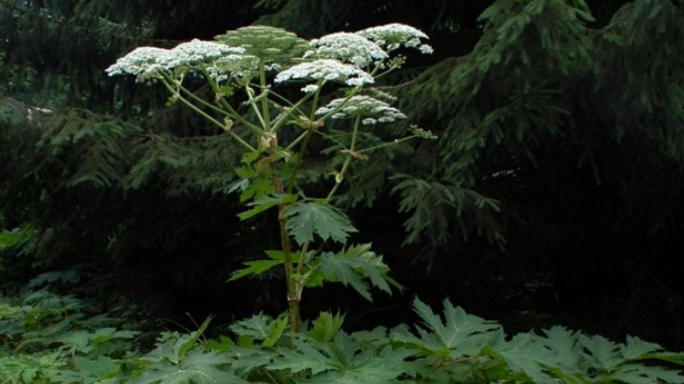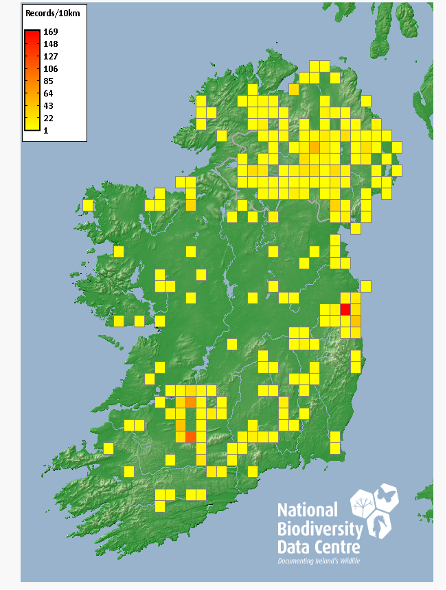Giant Hogweed – Need for Caution!

Giant Hogweed or (Heracleum mantegazzianum) is an invasive plant species that was introduced as an ornamental plant in the 19th century.
Giant Hogweed has now taken its title as an invasive species like other known species like Japanese Knotweed. It is a tall plant that can grow up to 5 meters (16 feet) in height and has a large, umbrella-shaped clusters of white flowers. It is considered an invasive species because it can rapidly spread and outcompete native plant species, posing a threat to biodiversity. Typically in Ireland, it is commonly located along streams, rivers, ditches and roadsides.
Caution is urged as Giant Hogweed can pose potential health hazards due to its sap, which contains chemicals called furanocoumarins. Once this sap gets direct contact with skin it can lead to severe burns, blisters, and long-lasting scars. If a person, comes in contact with Giant Hogweed sap, they may experience symptoms such as skin redness, itching, and a burning sensation on the skin.
Once it becomes established in an area it is a difficult job to get it under control. Hence it’s important to manage it before that happens by removing or destroying plants before they seed. Giant hogweed reproduces by seeds, with each umbel producing around 10-50,000 seeds. As the species is biennial or perennial, it takes a number of years to complete its biological lifecycle. Giant hogweed typically reaches the flowering stage after 2-5 years before subsequently dying. Some plants, however, can take more than 10 years to flower. If the plant is cut down (before producing seeds) then it will flower again, and if it is late in the season then the plant will overwinter before flowering and producing seeds the following year.

Figure 1: Shows areas of concentrated Giant Hogweed Population
Due to the serious health risks associated with Giant hogweed, it is recommended that all methods of control are carried out by trained and experienced personnel. An example of an this is the Nore Vision Catchments Trust located along the river Nore, who are making extreme efforts in controlling the Giant Hogweed Population along the river Nore and other invasive species alike. Nore Vision Catchments Trust main objective is to protect its local biodiversity and help enhance wildlife along the river Nore. For more information on the work that Nore Vision Catchments Trust do please visit their website on www.norevision.ie.
Helpful links:
http://invasivespeciesireland.com/ or [email protected]

First Published 3 July 2023
Tagged with: Dairy